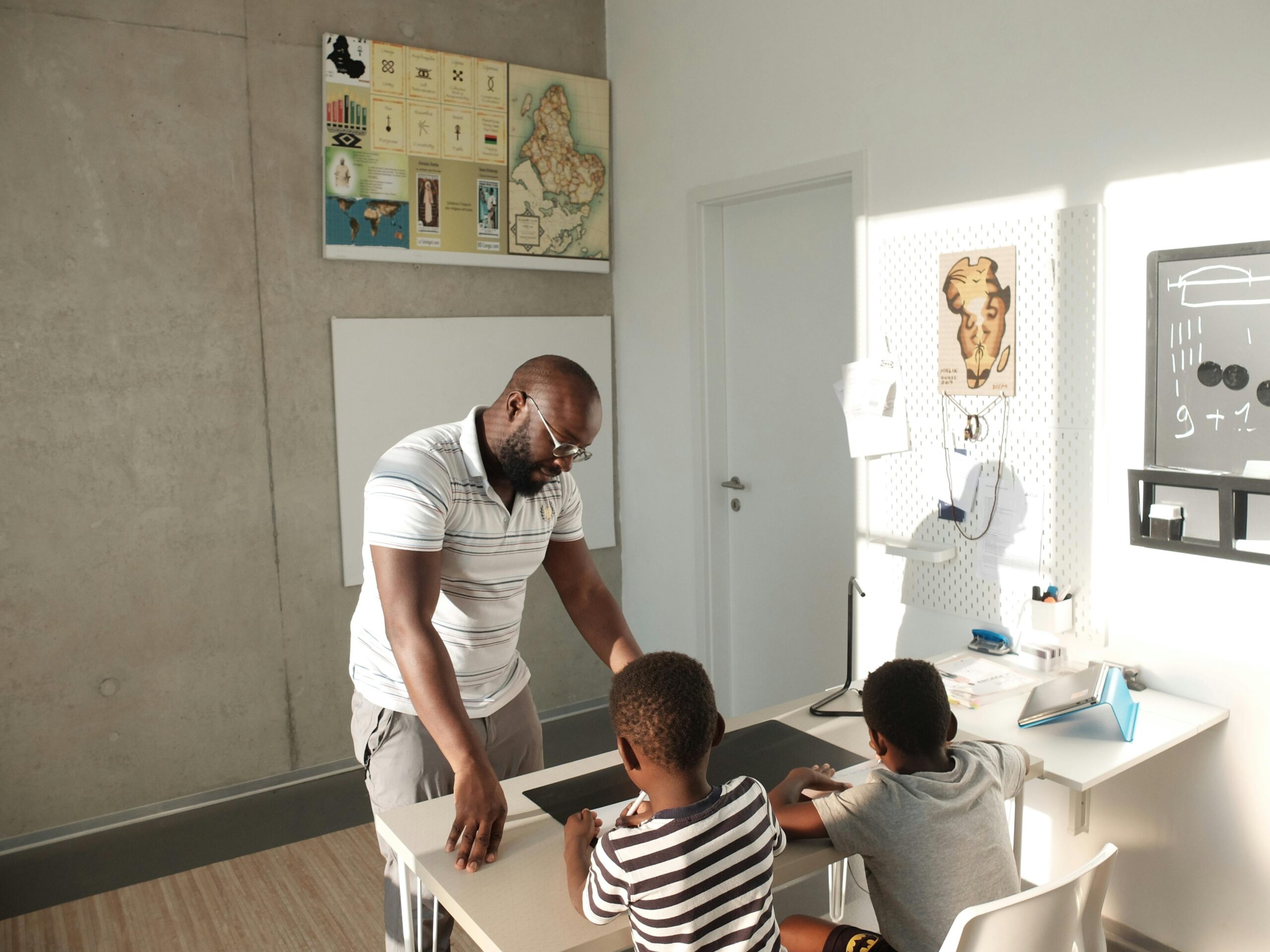
Helping Students Stop Phoning In and Start Buying In
By Michael Kobito
As a teacher, my students were either excited by or puzzled by the constant positive energy I brought into the classroom. My first block class always accused me of having an entire pot of coffee before class started, as if that would be the only explanation for my cheerful demeanor. Whether it’s exciting or puzzling, this is just how I am, and how I try to be consistently for my students.
Personally, I don’t believe that having positive energy is the same as being toxically positive. We know the world isn’t perfect. We all have days that aren’t great. We know that there are people who are cutting us off in traffic for selfish reasons. We understand that every action isn’t pure all the time. But more importantly, we know that our students learn more from us than just the content we teach. They are learning how to act, react, and respond to all the opportunities that life brings. With this, we have a responsibility: teach the art of consideration. Consider the whole picture before judging, reacting, or responding.
To better equip our students for the world, we must allow them the opportunity to buy in to the importance of this exploration. Being great role models is the path to molding thoughtful students, stronger leaders, and considerate people.
Four Ideas to Help Your Students Create Buy-In
Idea #1: Model the Model
One of the most impactful modes of learning is through mimicking modeled behavior. Even in high school, I had many students who were easily identified as my students because of shared mannerisms and catchphrases. As teachers, we need to model the model. This means we work on handling situations more thoughtfully. We own lapses in our own progress. If we want anything for our students, it’s that they leave our classrooms better people than when they entered. This is something we can and should actively model every day. If you don’t believe it, ask your students if they’ve ever noticed the way you respond to a certain situation or conversation. You’ll find that they are far more perceptive than you thought.
Idea #2: Make Time to Understand
Ask more questions that force students to think. Oftentimes, we spend our energy looking at the answer to the question. Sometimes, we will look to figure out how they got to the answer (especially when the answer is wrong). But very rarely do we understand the journey the students took to get to their answer. We rarely provide the chance for them to understand their process unless we are intentional about this.
How do they know if they love science, or statistics, or STEM, or singing, or Shakespeare, if the only communication they have around those topics are “Did I get it right” or “What didn’t I get right?” Allowing our students to think deeply, not just when a negative action has occurred or a negative consequence is impending, is preparing our students for a world where they can safely explore their emotions and processing power.
Idea #3: Lead by Listening
Keep your bias out and allow your students to feel as they feel. While the reaction to a situation may be inappropriate, the emotion that caused their reaction is still real for them. Don’t hear me wrong on this point — when a behavior is inappropriate and a consequence is required, that consequence shouldn’t be bypassed for the sake of the feeling. Rather, we must follow through with the proper process while ensuring that we allow the student to actually grow.
For us to help our students develop competencies in this area, we have to be willing to listen without being dismissive, and have a real conversation. While their feelings may not make sense to you, students need empathy to feel safe enough to grow.
Idea #4: Notice Positive Growth
If you are taking into account everything we have talked about, you are probably finding areas that your day-to-day can slightly shift to build up consideration in classrooms. You might be feeling some conviction, and that’s ok! We as adults aren’t too dissimilar from students when it comes to receiving feedback — it can be hard and make us sensitive, or even defensive like we talked about earlier. I bring this up because it is important for us to notice positive growth, not only in our students but in ourselves too.
The school is one of the only places where the sole purpose is learning. All who walk through the halls of the school deserve to learn something while they are there. When we learn and grow, that deserves to be acknowledged and cherished, so congratulations! Keep it up! Share the good news! Just because you didn’t know something yesterday or just were reminded of it today, it doesn’t mean that you shouldn’t feel pride in the truth that you’ll keep learning tomorrow. So don’t phone in. Slow down, look around, and keep buying in instead.
Phoning in is easy. Buying in demands effort.
Phoning in is common. Buying in is special.
Phoning in is dull. Buying in is compelling.
Phoning in is careless. Buying in is considerable.
Buy in. Challenge your students to buy in. It’ll make a world of difference in the culture of your classroom, your community, your students, and your world.
Today’s blog was authored by Michael Kobito, the 2023 Georgia Teacher of the Year. As a former high school band director and a current teacher mentorship and retention specialist, Michael brings a unique perspective to mentoring educators and fostering student success. With a deep commitment to creating supportive and innovative learning environments, he continues to champion the importance of excellent teaching and meaningful connections in education.






